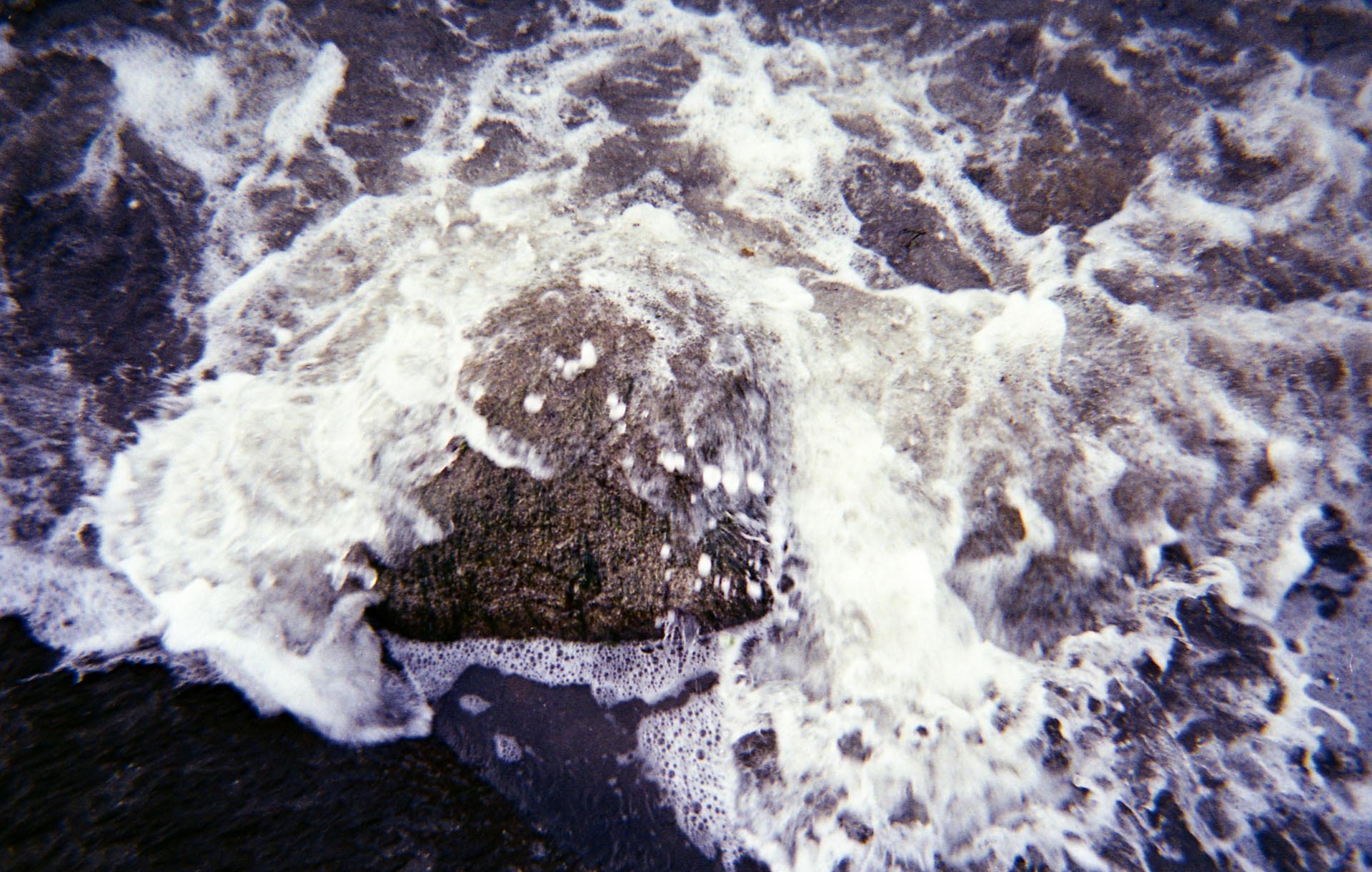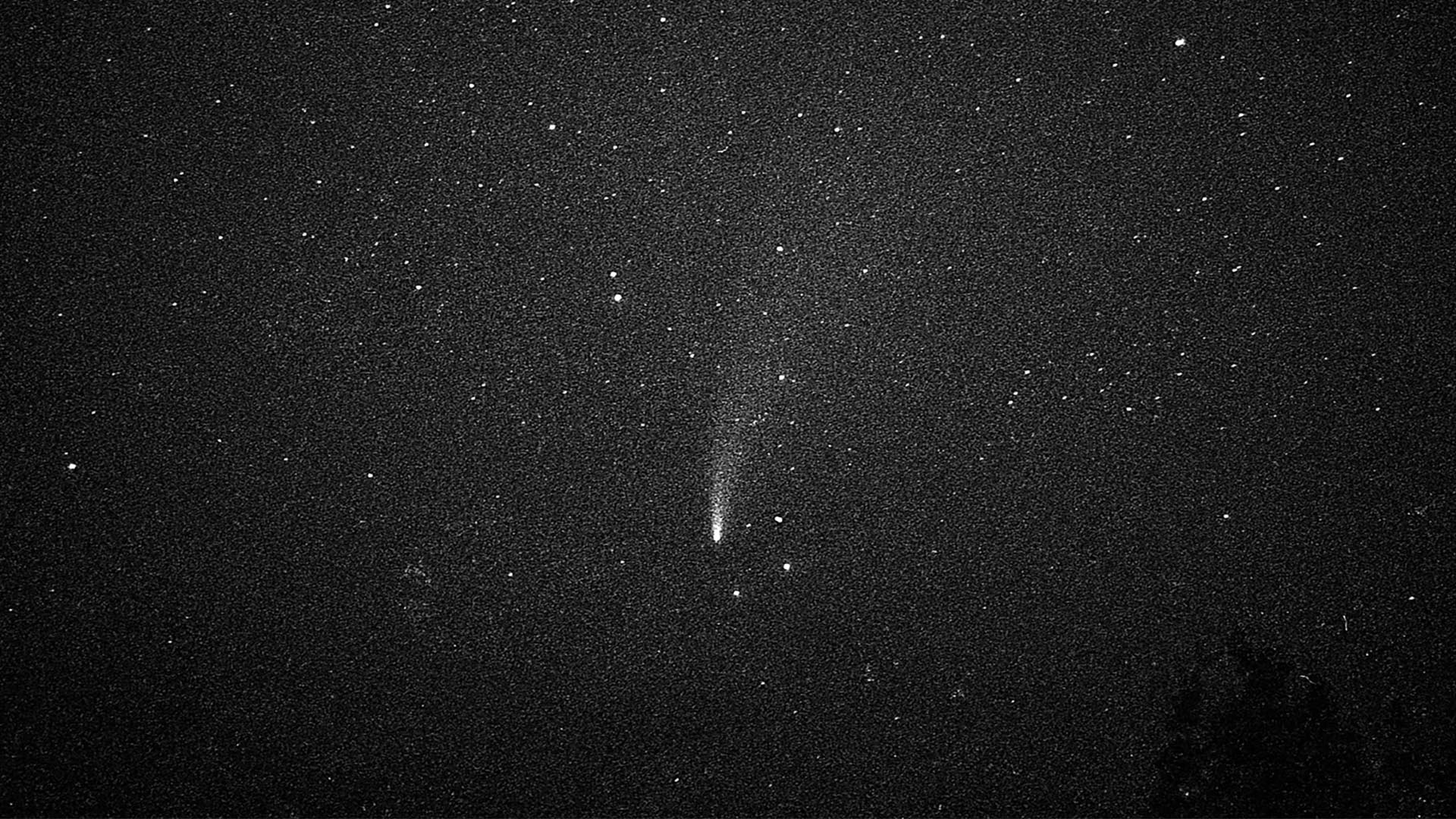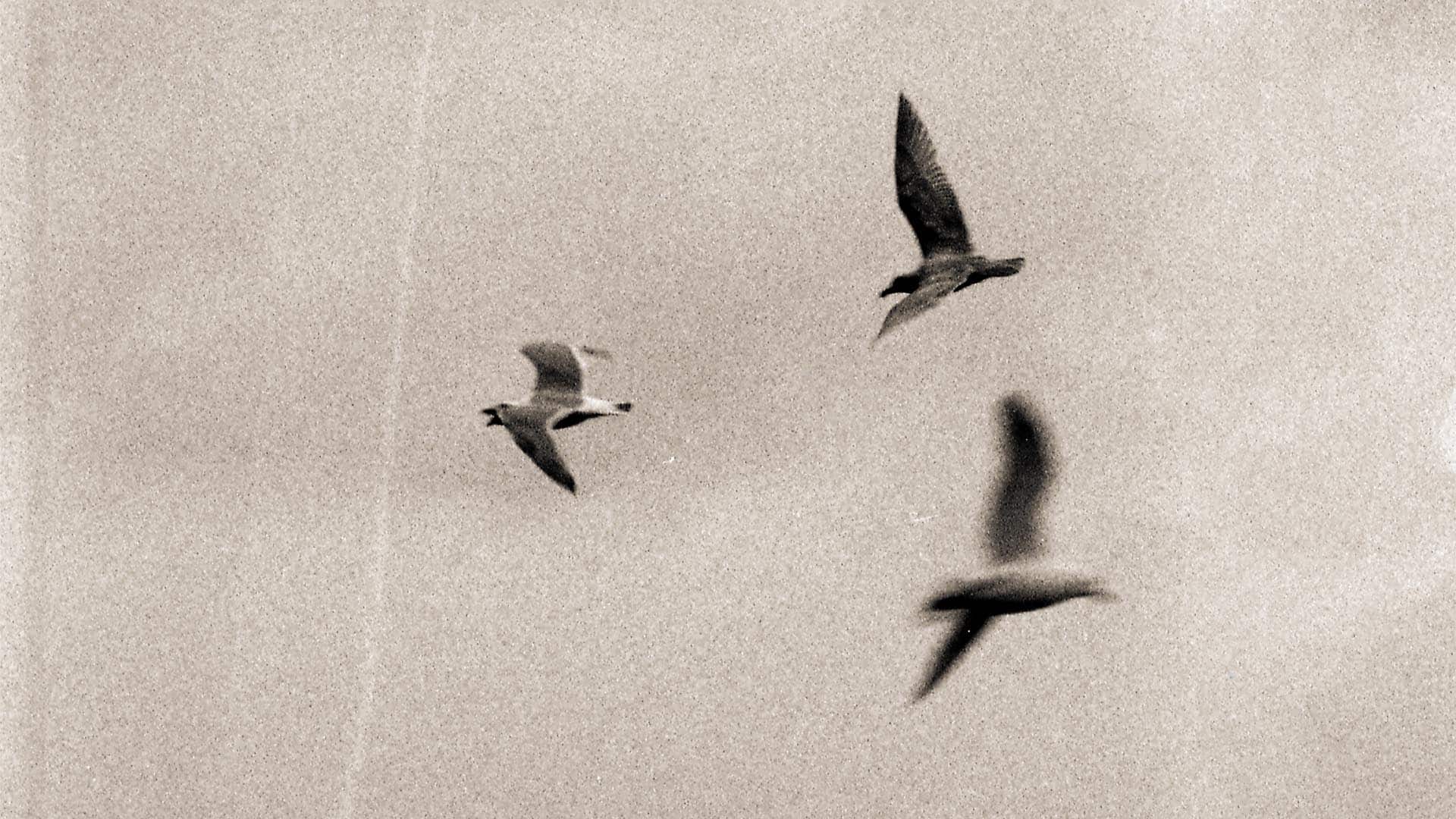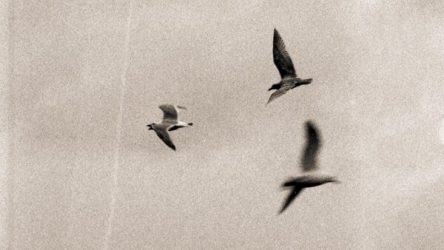Technical Data Sheets are the greatest information resource for new film photographers. They’re short documents published by the manufacturer that are jam-packed with information about the film or photo paper. And I’ve learned so much more about shooting and developing film from these documents than from anywhere else.
Back when I was starting out, I would scour the forums day in and day out looking for small bits of information. And these were an accessible resource, but they were so full of misinformation. Old men on the internet love spouting lessons they’ve heard second hand on forums. If something works for them, it makes sense that they’d be happy to share it. But the chemical processes of developing film have been around for more than a hundred years. So the advice that made sense back in the 70s or 80s isn’t as relevant today.
For this article, I’m going to focus on Ilford B&W films. These are the films that most new photographers are learning and using because of their cheap price and availability. They also happen to be my favourite films on the market, and their datasheets are by far the most useful. So here’s the top five lessons that I learned from the technical data sheets.

1. There’s a simple technique for washing film that doesn’t waste water
On the internet, I’ve read some ridiculous washing times. I originally learned from forums that you had to wash the film for 20 minutes straight in running water. If you calculate that out, my tap runs about 500ml of water every 10 seconds, or roughly 3 Litres per minute. Leaving that tap open the whole time would waste roughly 60L of clean drinking water for just 2 rolls of 35mm, or a single 120mm sheet. No roll of film is worth that much water.
But if you look at page 6 on the Technical Data Sheet for Ilford Delta 3200 (One of the Greatest Of All Time B&W films), they outline a simple, rigorously tested method for washing films.
- After recycling your Fixer, fill the tank with tap water (+/- 5 degrees celsius as the fixer temperature). Then invert, or turn the tank upside down and back, 5 times.
- Pour out the water, refill the tank, and invert 10 times.
- Pour out the water, refill the tank, and invert 20 more times.
- Optional* Add 2.5ml of Ilford Wetting agent per 500ml of water, and do one final rinse to help the film dry faster.
With the optional step at the end, this one uses only 2L of water. Which still feels like a lot, but it pales in comparison to the amount of water some people have been wasting over the years. To a degree, I can understand why some people think it’s necessary to wash thoroughly. Fixer left on your roll of film will degrade the image over time. So you do have to be careful to protect the archival integrity of the film. But this method will provide fantastic results in almost every case.

2. Ilford Delta 3200 is actually only ISO 1000, and there’s one developer that works best
When you shoot Delta 3200 at box speed, you’re actually pushing the film by 1.5 stops! Now, Ilford has taken that into consideration in the development times. But, I’ve found when I shoot and develop at ISO 3200 with the times on the Massive Dev Chart, the negatives always come out thinner than I’d like. This is especially true if I’m not using the data sheet’s recommended developer: Ilfotec DD-X.
This is one of the best reasons to use these Technical Data Sheets. They often recommend the best developers that exist for each film. Every film will react differently to developers. But especially professional, high ISO T-Grain films like Ilford Delta 3200 will have show some pretty dramatic differences.
The first time I developed Delta 3200, I used HC-110. And I did not like the results at all. But I love shooting in low light, and I especially enjoy high grain films. Because why else are we shooting film if we don’t like the grain, right? So after reading this technical datasheet, I picked up some Ilfotec DD-X. I shot the film around ISO 1600, and developed it for 9.5 minutes (the rating for ISO 3200), in a 1+4 dilution, or 100ml per tank. The results from that shoot were incredible!
I’ve shot this film at many different speeds since, but this combination was one of the best. Because of this, I always keep a fresh bottle of DD-X in my Dev chem kit.
3. Most B&W Papers can use OC Light instead of red
Red lights are synonymous with the dark room. Since B&W photo paper is only sensitive to blue light, a red filter in the darkroom will allow the printer to see what they’re doing. And this is extremely helpful when you’re working in a cramped Montreal bathroom. But red light is still difficult to use. Many people say you get used to it over time, but it’s hard on your eyes, and it’s difficult to know if the print is coming out okay.
But like film, photo-sensitive paper has also come a really long ways over the years. Most of the new emulsions aren’t sensitive to orange light, and some even a bit of the yellow spectrum. This means that for the vast majority of papers out there, you can use an OC filter instead of red.
When I first started using an OC filter, it honestly made a world of difference. All of the sudden, you can tell the difference between boxes of paper without squinting. You can find your tools, and go back to relying on your eyesight rather than touch. Next time you’re out buying some paper, check the datasheet to see if the manufacturer recommends an OC filter and try it out for yourself!

4. Long exposures on film require an extra calculation
Film requires a few considerations that digital doesn’t, and it’s not just the fact that every frame costs money. If you want to make long exposures, there’s an additional hurdle that you’ll have to jump over. And it’s called Reciprocity Law Failure.
Every grain is capturing a little spec of light. And once it does that, it’s not sensitive to new waves of light that hit it. For most exposures, this isn’t an issue. But it does mean for exposures metered for longer than a second, will require more time to properly expose the image. In the case of Ilford Delta 3200 and HP5 (another GOAT), a metered 5-second exposure actually requires roughly 9 seconds. A metered 10-second exposure requires 19 seconds, while a metered 30-second exposure needs 83 seconds of exposure.
But color film suffers from a much worse reciprocity failure fate. When doing long exposures, around the 15-30 second range, certain colors may start to shift or fall off completely. In minor cases, this can be corrected with a scanner or during the printing process.
Unfortunately, Kodak doesn’t provide any specific reciprocity failure data on their technical data sheet. They simply give advice to make tests before using it for any professional or practical application.
5. A single stop bath dilution can be used for 15 films without replenishing
This is one tip that I have relied on for the past two years. The wonderful thing about acetic acid-based stop baths, like IlfoStop and Kodak Indicator stop bath is that they are uniquely stable solutions. I’ve been able to keep and use the same batch on multiple occasions, only storing it in old growler bottles from the brewpub. These bottles aren’t the most secure, but as long as the liquid doesn’t change colour, it’s still acidic enough to do the job.
If you’re sensitive to the putrid vinegar smell of acetic acid stop baths, it is possible to buy citric acid varieties. They’re typically a bit more expensive, but they work the same. The only consideration is that while bacteria don’t grow in acetic acid, they have learned to overcome, and even thrive in a citric acid solution. If you’re looking to store these solutions long term, make sure they’re in a well-sealed bottle. And pour it down the drain if you start to see objects floating in the solution.

6. You can retouch your negatives
This one came as a big surprise to me. I’ve always heard people talking about how delicate and precious negatives are. They do store memories, and a simple scratch, like the buttered side of toast, always seems to land in the wrong place.
But it is actually a common practice to retouch negatives. There are special pens and knives out there that are perfect for breaking up, or drawing in bits of silvery emulsion. And people have been retouching negatives this way for YEARS! Yet people on the internet always speak about how important it is to get everything so perfect in camera. I’ll for sure be writing an article on this process down the road.
So there you have it! These are some of the best tips I’ve learned by reading the Technical Data Sheets. These are specific to every film and paper, and they’re available online for free. Check them out every time you try out a new film stock, and I guarantee you’ll learn some neat tips and tricks that’ll make you a better film photographer.

By Daren
Daren is a journalist and wedding photographer based in Vancouver, B.C. He’s been taking personal and professional photos on film since 2017 and began developing and printing his own photos after wanting more control than what local labs could offer. Discover his newest publications at Soft Grain Books, or check out the print shop.

